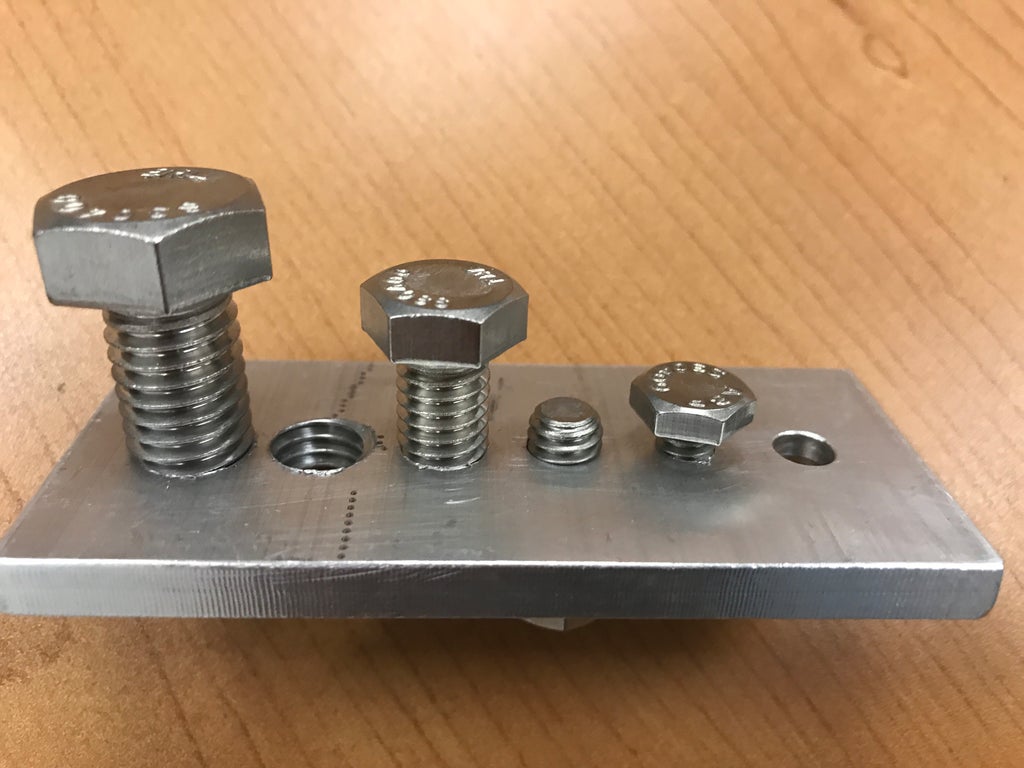Tapped holes are a fundamental concept in various industries, including manufacturing, engineering, and construction. A tapped hole is a hole that has been drilled and then threaded using a tap, allowing it to accept a screw or bolt. In this article, we will explore the basics of tapped holes and their advanced applications.
Understanding Tapped Holes
A tapped hole is created by drilling a hole in a material and then threading it using a tap. The tap cuts threads into the material, creating a hole that can be used to attach other parts or components. Tapped holes are commonly used in materials such as metal, plastic, and wood.

Basic Applications of Tapped Holes
Tapped holes have numerous basic applications in various industries. They are used to attach components together, provide a secure connection between parts, and allow for easy assembly and disassembly of products. Tapped holes are commonly used in construction, automotive, and aerospace industries.
Advanced Applications of Tapped Holes
Tapped holes also have advanced applications in various industries. They are used in precision engineering, where high accuracy and precision are required. Tapped holes are also used in medical devices, where they provide a secure connection between components. In addition, tapped hole are used in the aerospace industry, where they are used to attach components to aircraft and spacecraft.
Types of Tapped Holes
There are several types of tapped holes, including through holes, blind holes, and bottoming holes. Through holes are holes that are drilled all the way through a material, while blind holes are holes that are drilled only part of the way through. Bottoming holes are holes that are drilled to a specific depth and then tapped to create a threaded hole.
Materials Used for Tapped Holes
Tapped holes can be created in a variety of materials, including metals, plastics, and woods. The type of material used will depend on the specific application and the required strength and durability of the tapped hole.
Design Considerations for Tapped Holes
When designing tapped holes, several factors must be considered, including the size and depth of the hole, the type of thread required, and the material being used. The design must also take into account any stresses or loads that will be applied to the connection.

Advanced Tapping Techniques
There are several advanced tapping techniques that can be used to create tapped holes. These include using specialized taps, such as spiral point taps and spiral flute taps, and using advanced materials, such as titanium and stainless steel.
Conclusion
In conclusion, tapped holes are a fundamental concept in various industries, with a wide range of applications, from basic to advanced. By understanding the basics of tapped holes and their advanced applications, manufacturers and engineers can create high-quality products that meet the required standards of strength, durability, and precision. Whether you’re working on a simple construction project or a complex aerospace application, tapped holes are an essential component that can provide a secure and reliable connection between components.